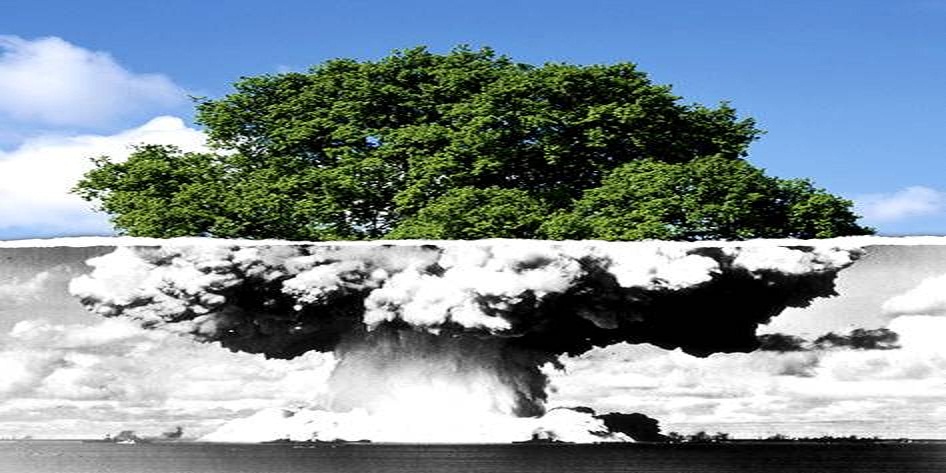Why Not Dispose of Waste in Ocean Trenches?
Question: Why Not Dispose of Waste in Ocean Trenches?
This is a perennial suggestion: let's put our most pernicious wastes into the deepest sea, where they will be drawn down into the Earth's mantle well away from children and other living things. Usually people are thinking of high-level nuclear waste, which is considered dangerous for thousands of years. (That's why the design for the proposed waste facility at Yucca Mountain, in Nevada, is so incredibly stringent.)
Answer: Deep-sea trenches are where one plate dives beneath another (the process of subduction) to be swallowed up by the Earth's hot mantle. The descending plates go down hundreds of kilometers, where they are not the least bit of a threat. It isn't completely clear whether they disappear by being thoroughly mixed with mantle rocks—maybe they persist there and are recycled through the plate-tectonic mill, but that wouldn't happen for many millions of years. The concept is sound: just put your barrels of waste in a trench—we'll dig a hole first, just to be tidy about it—and down they inexorably go, never to bring harm to humanity again.
A geologist might point out that subduction is not really secure because at relatively shallow levels, subducting plates start to be chemically altered, releasing a slurry of serpentine minerals to erupt in large mud volcanoes on the seafloor. Imagine those spewing plutonium into the sea! Fortunately by that time the plutonium would be long since decayed away.
But waste disposal by subduction won't work. Let's look a little closer.
Even the fastest subduction is very slow, geologically slow. The fastest-subducting location in the world today is the Chile Trench, running down the west side of South America. There the Nazca plate is plunging beneath the South America plate at about 25 centimeters (10 American inches) a year. It goes down at about a 30-degree angle. So if we put a barrel of nuclear waste in the Chile Trench (never mind that it's in Chilean national waters), in a hundred years it will move 25 meters. Is that anyone's idea of efficient?
After their hazardous period of 10,000 years those waste barrels would have moved just 2.5 kilometers, about a mile and a half, and would lie only a few hundred meters deep. (Remember that every other subduction zone is slower than this.) And for all that time they could be easily dug up by whatever future civilization cares to retrieve them. After all, have we left the Pyramids alone? Even if future generations left the waste alone, the seawater and seafloor life would not, and the odds are good that the barrels would corrode and be breached.
But ignore geology and just consider the logistics of containing, transporting and disposing of thousands of barrels each year. Multiply the amount of waste (which will surely grow) by the odds of shipwreck, human accidents, piracy and people cutting corners. Then estimate the costs of doing everything right, every time.
A few decades ago when the space program was new, people often speculated that we could launch nuclear waste into space, maybe into the sun. After a few rocket explosions, nobody says that any more: the cosmic incineration model is infeasible. And the tectonic burial model isn't any better.

Salam...
ReplyDeleteMay i know, does this dispose of waste brings any effects to the ocean? And is it effective or not?
Syarifah Nur Hamizah Bt Syed Kasim
ME083650
ija_rc@yahoo.com